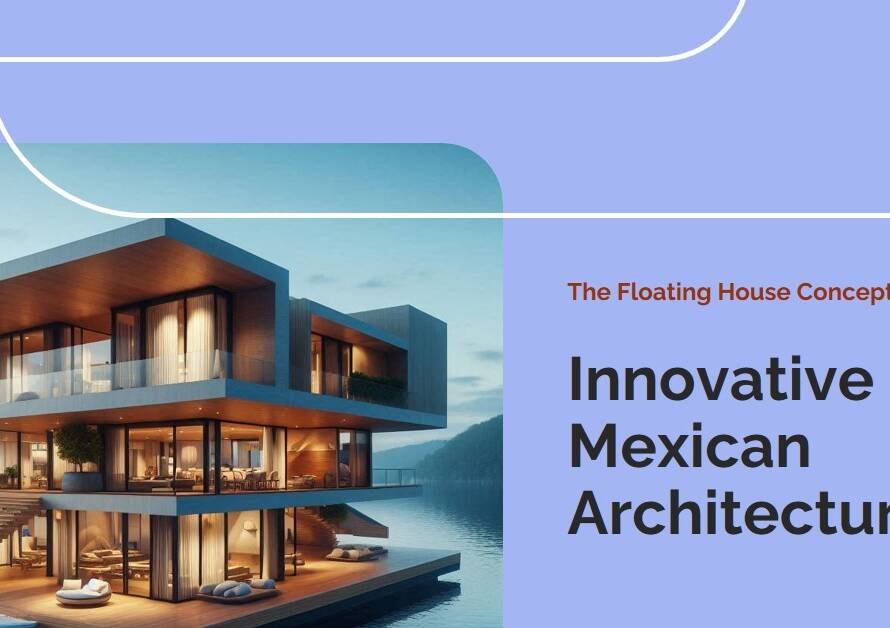
Table of Contents
1. Introduction: Clarifying Terminology in the Digital Realm
In the realm of digital design and architecture, terms like 3D visualization and 3D rendering are often used interchangeably, leading to confusion regarding their actual meanings and functionalities. This blog aims to elucidate the differences between 3D visualization and 3D rendering, shedding light on their unique roles, processes, and applications in various industries.
2. Defining 3D Visualization: Embracing the Entire Spectrum
3D visualization encompasses the entire spectrum of creating three-dimensional representations of objects, spaces, or environments using digital tools and techniques. It includes processes such as 3D modeling, texturing, lighting, animation, and virtual reality (VR) or augmented reality (AR) experiences. Visualization artists or designers utilize software like Autodesk Maya, Blender, or Cinema 4D to bring concepts to life in a digital format, enabling viewers to interact, explore, and experience designs from different perspectives.
3. Understanding 3D Rendering: Transforming Models into Realistic Imagery
On the other hand, 3D rendering specifically refers to the process of converting 3D models into 2D images or animations with realistic lighting, materials, textures, and environmental effects. Rendering involves calculations of light interactions, shadows, reflections, and atmospheric elements to create lifelike visualizations that closely resemble real-world scenarios. Rendering software such as V-Ray, Corona Renderer, and Octane Render plays a crucial role in achieving high-quality, photorealistic renderings that convey design intent and realism.
4. Process Focus: Creating vs. Finalizing Visuals
The key distinction between 3D visualization and 3D rendering lies in their primary focuses within the design process. 3D visualization encompasses the entire creative process of conceptualizing, designing, and modeling digital assets, including static models, animations, and interactive experiences. Visualization artists work on creating the initial digital representations of objects or spaces, incorporating design elements, textures, and spatial arrangements.
5. Output and Detail: Realism vs. Conceptualization
When it comes to output and level of detail, 3D rendering dives deeper into realism and accuracy compared to 3D visualization. Rendering transforms 3D models into highly detailed, photorealistic images or animations by simulating light behavior, material properties, and environmental conditions. This level of detail is crucial for architectural visualizations, product presentations, and marketing materials where realism and aesthetics play pivotal roles in conveying design concepts and attracting stakeholders.
6. Application Scenarios: From Design Exploration to Marketing
Both 3D visualization and 3D rendering find diverse applications across industries, albeit in different contexts. 3D visualization is instrumental in early design exploration, concept development, and spatial planning stages, allowing designers to iterate quickly, experiment with ideas, and visualize design alternatives. On the other hand, 3D rendering shines in finalizing designs, creating marketing visuals, producing product imagery, and presenting immersive experiences to clients, investors, or the general audience.
7. Skill Sets and Expertise: Artistic Creativity vs. Technical Precision
The skill sets required for 3D visualization and 3D rendering showcase a blend of artistic creativity and technical proficiency. Visualization artists excel in conceptualization, design aesthetics, storytelling, and UX/UI considerations, leveraging their creativity to craft engaging digital experiences. In contrast, rendering specialists focus on technical aspects such as lighting techniques, material properties, rendering algorithms, and post-processing effects to achieve photorealistic results while maintaining computational efficiency.
8. Collaboration and Workflow Integration: Seamless Processes
In professional settings, seamless collaboration and integration between 3D visualization and rendering workflows are paramount for project success. Visualization artists work closely with architects, designers, and stakeholders to refine design concepts, iterate on models, and validate spatial arrangements. Rendering specialists collaborate in the later stages to finalize visual representations, ensuring accuracy, realism, and adherence to project specifications.
9. Technological Advancements: Convergence and Innovation
The evolution of technology continues to blur the lines between 3D visualization and rendering, with advancements in real-time rendering engines, AI-driven workflows, and cloud-based collaboration platforms. Real-time visualization tools like Unreal Engine and Unity enable designers to explore designs interactively, bridging the gap between visualization and final rendering stages. AI algorithms enhance rendering processes, automate repetitive tasks, and optimize rendering parameters for efficiency and quality.
10. Conclusion: Complementary Roles in Design Excellence


In conclusion, while 3D visualization and 3D rendering serve distinct purposes within the design pipeline, they are inherently interconnected and complementary in achieving design excellence. Understanding their differences, strengths, and applications empowers designers, architects, and businesses to leverage these digital tools effectively throughout the design lifecycle. By combining artistic creativity with technical precision, harnessing technological innovations, and fostering collaborative workflows, professionals can unlock the full potential of 3D visualization and rendering in shaping immersive, impactful visual experiences across industries.



